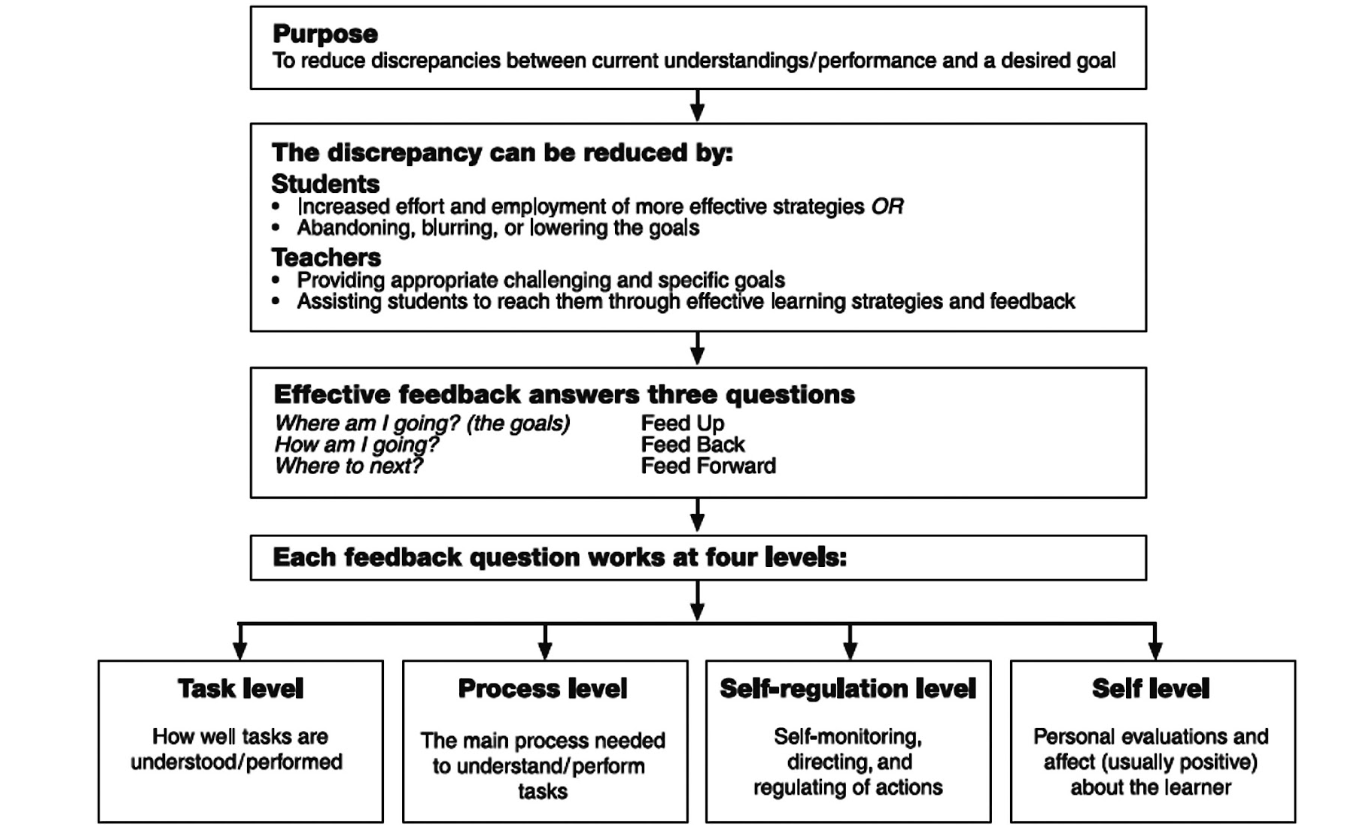5 tips on how to give effective feedback to your employee
A manager discovered the power of feedback after noticing improved results from their team. During a team meeting, they sought feedback on their own management style and received valuable insights. As a result, the manager was able to improve their skills, leading to a better work environment for the whole team. At first glance, it might sound obvious and maybe seem even easy to give feedback. We all need it, but do we all know how to give it? The following tips will give you a better understanding of how to give effective feedback, so that the relationship and cooperation with your colleagues are constantly improving. Time for some Space Dog tips!
Space Dog tip 1: Keep your employees sharp and motivated
Merriam-Webster dictionary defines feedback as “the transmission of evaluative or corrective information about an action, event, or process to the original or controlling source.” Feedback can be both positive and critical, but in both cases, being constructive is key. This is valuable for employer and employees alike if they want to improve themselves or their purpose within the company. Top-performing companies always search for ways to improve themselves and their work. They work hard to make the best even better. From improving personal skills, work processes, customer experiences, products, clients contacts and more, feedback is helpful as it underlines the strengths as well as the weaknesses—which can be turned into opportunities. Without it, improving performance is much more difficult.
In addition, constructive feedback keeps your employees sharp and motivated. Once they’ve mastered the routine of their work, it can become less of a challenge, they could be stuck in a pattern and not try to do things differently—to innovate. This is where a feedback session comes in handy! Giving feedback can be very motivating to some. It can spark inspiration so that they find ways to do things more efficiently or effectively.
Space Dog tip 2: Use an effective feedback model
There are many approaches on how to best give feedback. One approach we like, which breaks down feedback giving, is John Hattie’s and Helen Timperley’s A Model of Feedback. This model identifies the particular properties and circumstances that make giving feedback effective, and some typically thorny issues are discussed, including the timing of feedback and the effects of positive and negative feedback. Hattie and Timperley are focusing on teachers and students within the model, but this can be used for other feedback purposes as well, such as in the workplace—because the main goal is the effectiveness of your feedback and achieving the end goal.
A model of feedback to enhance learning by John Hattie and Helen Timperley
It’s first important that both parties understand the purpose of the feedback, to avoid misunderstanding. Effective feedback needs to answer three questions: where the employee is going (clear goals), how they are getting there (clear expectations), what they’re going to do next (clear measures). These questions can work well on four levels: task, process, self-regulation, and self-level. Task level focuses on evaluating previous work related to the goals. Process level focuses on the learning process and how to improve it. Self-regulation level focuses on skills and motivation of the employee. Self-level focuses on positive personal characteristics and skills of the employee.
Space Dog tip 3: Formulate SMART goals
As mentioned in Space Dog tip number 2, for feedback to work, establishing a clear goal is necessary. By doing this, the employees clearly know what is expected from them. Translate these improvements into clear goals in order for your employees to strive and achieve these. Be sure to formulate them as SMART goals: Specific, Measurable, Achievable, Relevant and Time-Bound. For example, these goals could be:
By the end of next week, you will research two upcoming trends in sustainability within the packaging industry.
By Monday, create a list of five of your client’s competitors and include a brief description of what current sustainability initiatives they are undertaking.
Space Dog tip 4: Evaluate the process, not the person
Please remember, feedback is not about evaluating the person themselves, but rather their work and working process. If you want somebody to actually improve, focus on the process. Focus on the goal, and what needs to be done differently (or stay the same) to do to achieve it. As socio-psychologist, Heidi Grant Halvorson, states, “You are emphasizing actions that someone has the power to change, which is both empowering and respectful.”
Space Dog tip 5: Giving written or oral/verbal feedback—what’s more efficient?
Be ready to block some time in your schedule for you and your employees, because oral feedback is the better way to give feedback. It’s more immediate and impactful than its written equivalent. The education endowment foundation, which focuses a lot on education achievement, compared oral vs. written feedback and concluded, “The impact of oral feedback is higher on average, than the impact of written feedback overall.”
It’s time to give back to your employees and improve their work. With these five tips, you can better prepare yourself to have an effective round of feedback. With the help of the mentioned model, formulating SMART goals, and giving feedback orally, you are ready to boost the level of work, self-motivation, and overall progress.


